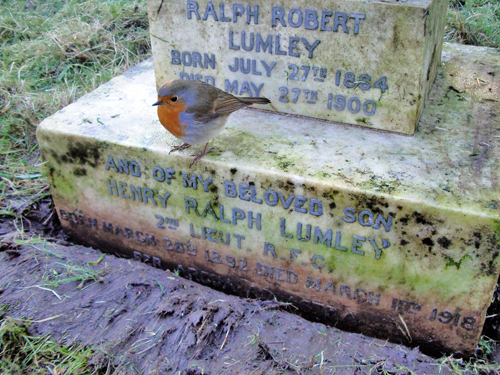Henry Ralph Lumley
Officer’s Uniform, digital embroidery, digital fabric print, felt. 2005-2007
Collection of Museum of Arts and Design, New York, USA
The story of Henry Ralph Lumley is without question on of the most tragic Surgeon Sir Harold Gillies was involved in. The lessons learned by Gillies which resulted in the ultimate failure of the surgery Henry Ralph Lumley underwent has greater significance than has been acknowledged. Henry’s death, brought about by heart failure in the days following a major surgical procedure to graft new tissue to his entire face, ensured Gillies rethink how to graft the faces of severely burned servicemen. Rather than attempt to graft the entire face in one surgical procedure, a staged approach was adopted by Gillies which proved highly successful. Sadly this lesson was learned at the cost of Henry’s life.
The uniform describing events which befell Henry begin with pocket embroideries trace Henrys story from his letter of application to join the Royal Flying Corp followed by a letter to his Mother from his superiors. What should have been a correspondence of celebration becomes one of tragedy. The letter announces Henrys graduation from flying school and his crash, both of which occurred on the same day. Surviving the crash with horrific facial burns, Henry is admitted to Edward VII Hospital for Officers where, as a result of treatment and pain relief, he becomes addicted to Morphine. The back of the uniform describes a letter from a ‘Sister Agnes’ written on Henry’s behalf pleads for further assistance for his health care. Once transferred to into Gillies care at Sidcup, Henrys condition is assessed and plans are drawn to remove his badly burned face and replace with a large flap of skin from his chest. Rather than show this large flap of uniform on the face, leaving it in place on the uniform (but cut and ready to lift) shows clear intent, particularly with buttonholes in place for eye and mouth slits.
Although the surgery initially showed signs of success, the graft eventually rejected and Henry died of heart failure a few days after his surgery. It is interesting to note that in his seminal text ‘The Art of Plastic Surgery’ Gillies devised a similar ‘fallback’ procedure should the chest graft reject which he called ‘The Commando’. Taking a graft from the upper back and shoulders and bringing it in place over the top of the head as would a balaclava be worn. The artist assumes (though it is entirely his own speculation) that this is how the name of the procedure originated. Gillies however never need conduct the procedure as he adopted a piecemeal approach to repairing similar injuries, grafting regions of the face over a period of months to give the graft and the recipient, greater chance to recover between surgeries.
“ During the Project, I discovered Henry was buried in a family plot in Hampstead Cemetery. It took three visits to locate the grave and the experience was frankly overwhelming. Something I simply hadn’t anticipated. This was the closest I had come to one of Gillies WW1 veterans and being joined at the grave by a Robin within minutes of locating the headstone brought home the poignancy of the moment and the utter tragedy which brought about Henry’s untimely death. It was the day Project Facade stopped being merely a ‘project’ and became something much more”.
Paddy Hartley
All Gillies Archives records appear courtesy of the Gillies Archives. Reproduction permission must be requested.










